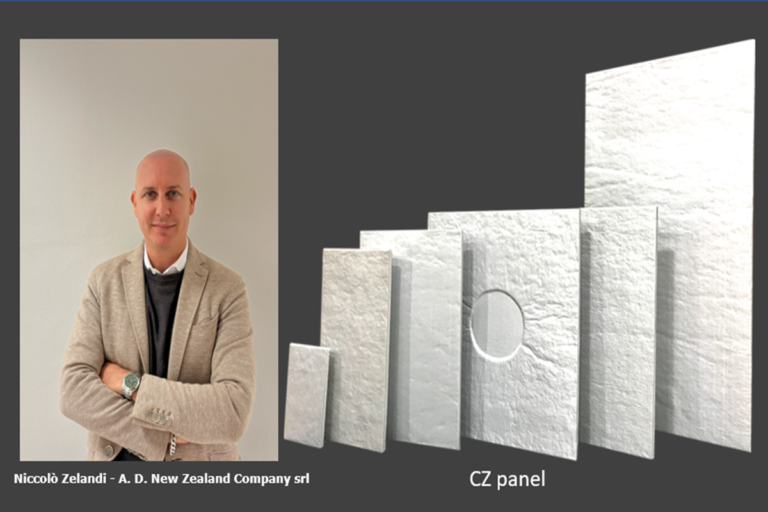Pharmaceutical companies have willfully distorted the US prescriptiondrug market, but nearly all health-care players are complicit.
Disrupting such a lucrative, well-entrenched system requires several specific changes – and, above all, the political will to end business as usual. It seems puzzling at first: prescription drug prices in the United States continue to rise at an alarming rate, despite the threat (or promise) of competition from cheaper generic substitutes. But there really is no mystery. Pharmaceutical companies pay players throughout the health-care system to favor their more expensive drugs over lower-priced alternatives. And those who should be acting as watchdogs for patients are happy to go along.
THE CONSEQUENCES of this are obvious. Consider Medicare, the US health insurance system for people over the age of 65. Even accounting for rebates, spending by Medicare beneficiaries for brand-name drugs rose 62% between 2011 and 2015. Most of those over the age of 65 did not receive 62% more salary or pension over that period, so the steep rise in prices is causing people real pain. Precisely how the drug-pricing system works is opaque to the American public, and pharmaceutical firms would like to keep it that way. e contracts between drug companies and key actors in the healthcare system are closely guarded secrets, and even government entities and private insurers are not permitted to see the full terms. Nonetheless, details have begun to seep out – through lawsuit documents (including contract disputes), government studies, reports to shareholders, and industry insiders. By piecing together information from these sources during research for my forthcoming book, I got a full picture of the perverse incentive structures in the pharmaceutical industry.
AT THE CENTER of the system are “pharmacy benefit managers” (PBMs), who represent health-insurance plans in drug-price negotiations with pharmaceutical companies. Because health insurers pay PBMs based on the discounts they secure, these intermediaries should in theory try to negotiate the lowest possible drug prices for their clients. But in practice, established drug companies offer PBMs financial incentives to favor their higher-priced drugs and block cheaper competitors. ese incentives often include large volume-based price discounts, with the best deals reserved for PBMs who promise to favor all of a company’s drugs together. An apparent example of this came to light in October 2017, when the vaccine maker Sanofi paid $61.5 million to settle a case that was pending in a federal district court in New Jersey. e suit alleged that when another company planned to compete against Sanofi’s pediatric meningitis vaccine Menactra, Sanofi hiked Menactra’s price by up to 34.5% unless buyers agreed to purchase all of its vaccines exclusively.
A similar case filed in late 2017 focuses on Johnson & Johnson’s anti-inflammatory drug Remicade. e complaint alleges that, after the drug’s patent protection expired, and just weeks after a lower-priced biosimilar came on the market, the company began a bundling scheme that that effectively induced hospitals and health plans to exclude the cheaper competitor. Johnson & Johnson denied the allegations, but the court rejected its motion to dismiss the complaint. WHY DO US HEALTH insurers go along with all of this, despite the rising costs and lack of competition among drug companies? For the many smaller health plans, demanding better terms from a PBM is too complex and time-consuming to make economic sense.
Larger private insurers, meanwhile, are primarily concerned with their bottom line, and may find that volume-based discounts on established drugs work out cheaper than lower-priced alternatives, at least in the short term. And when an insurer with market clout asks for better terms, PBMs are now offering “price-protection” contracts that promise to limit price increases to, say, 2-4% a year – without pushing drug companies to change their anti-competitive strategies. Even US government health-insurance plans can get trapped by these perverse economic incentives. For example, if a Medicare plan pushes a patient to use a more expensive drug, the government picks up most of the tab, and the plan pays less. is destroys any incentive to encourage patients to use a generic or cheaper branded alternative. e problem is not limited to PBMs and health insurers. Drug companies can also pay doctors, clinics, hospitals, patient-assistance programs, and patient- advocacy groups to favor their more expensive drugs. Some payments come in the form of rebates, while others are labeled as “administrative fees” or “data-monitoring fees.”
Whatever the form, they all represent a tempting flow of money for many players who should be acting as watchdogs for patients. DISRUPTING such a lucrative, well-entrenched system will require a combination of changes. ese must include curtailing payments by drug companies, full transparency (so that competition can flourish), and cutting back on the many government-granted competition rights that reinforce pharmaceutical firms’ power across a range of drugs. But the most important part of any reform plan is political will. Without that, it will be business as usual in the pharmaceutical industry. And patients, taxpayers, government budgets, and the US economy will continue to suffer.












